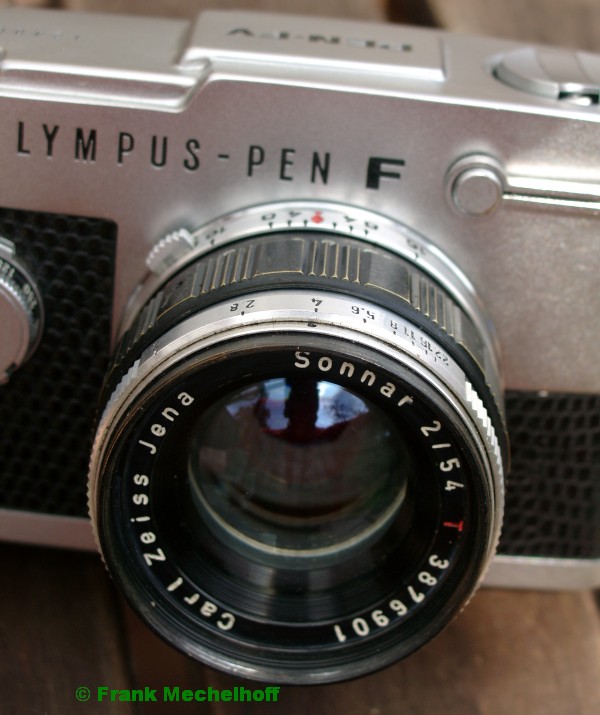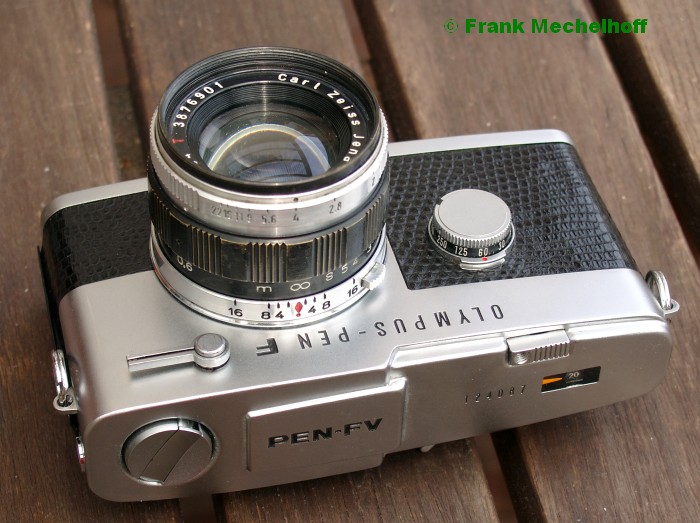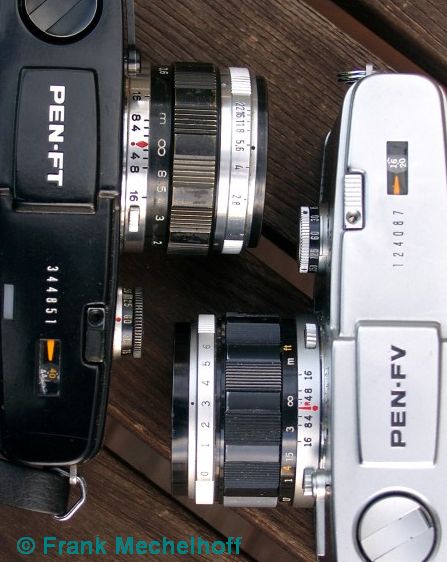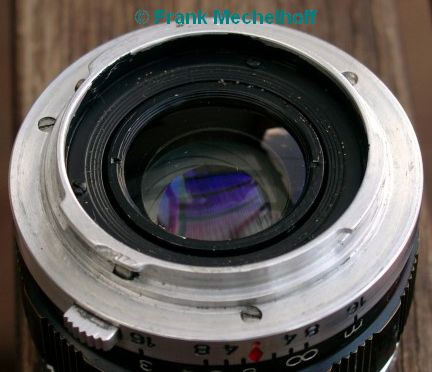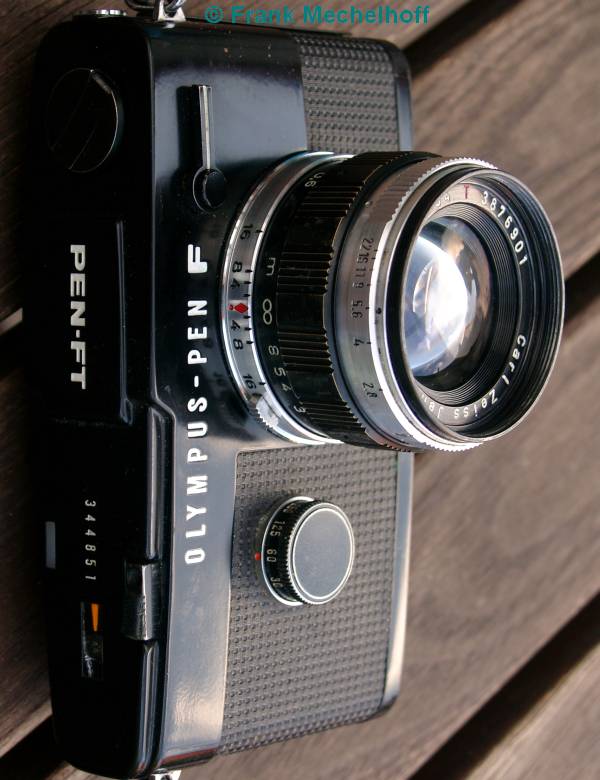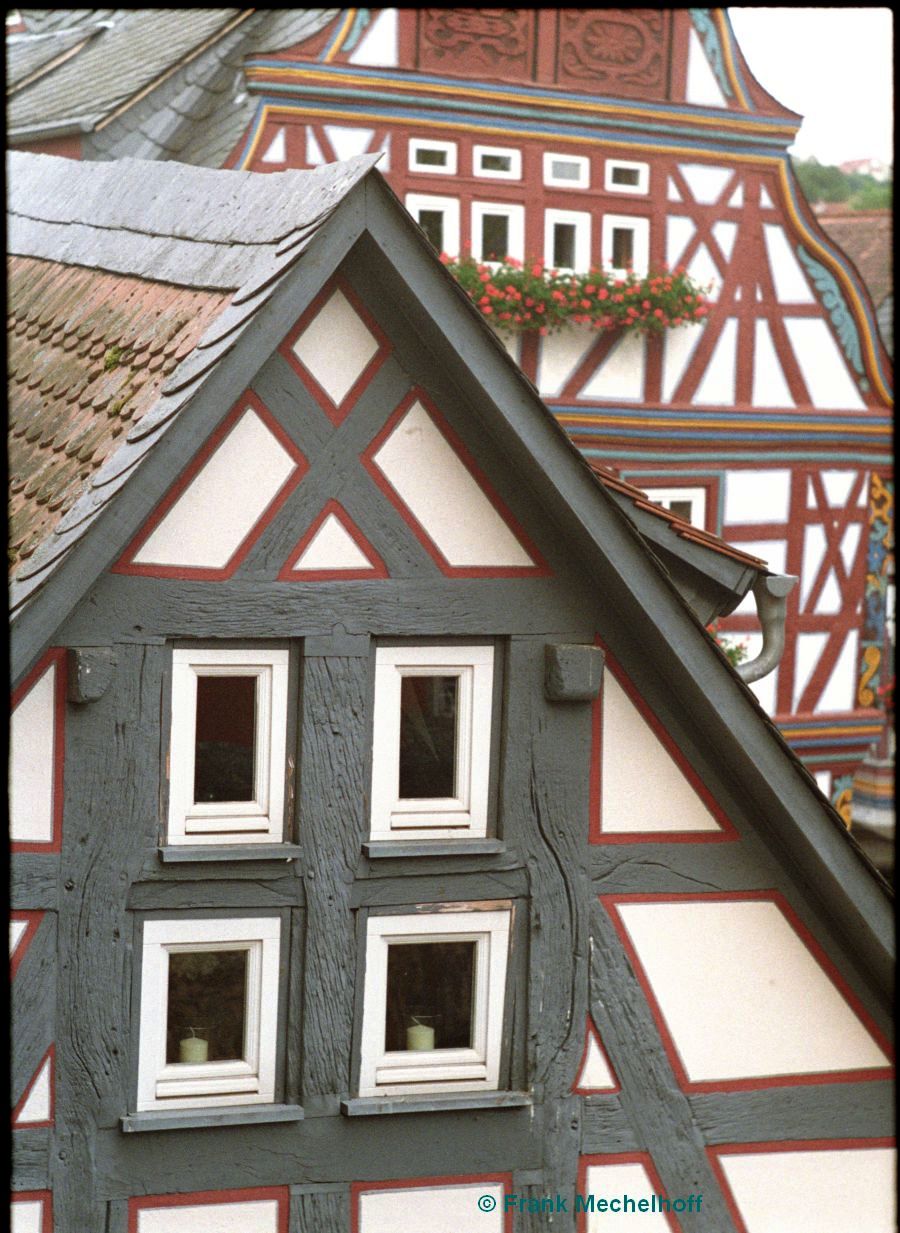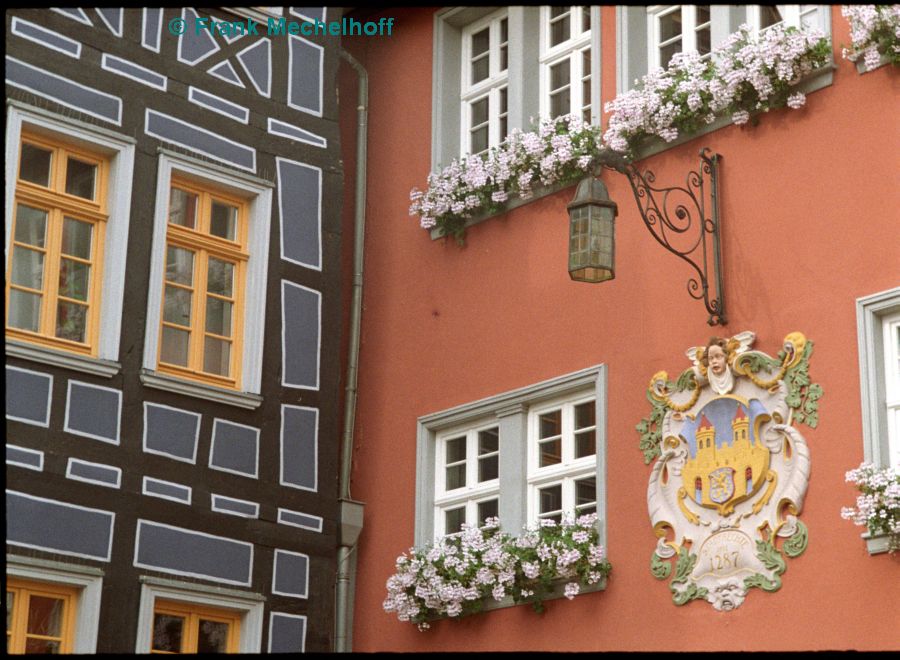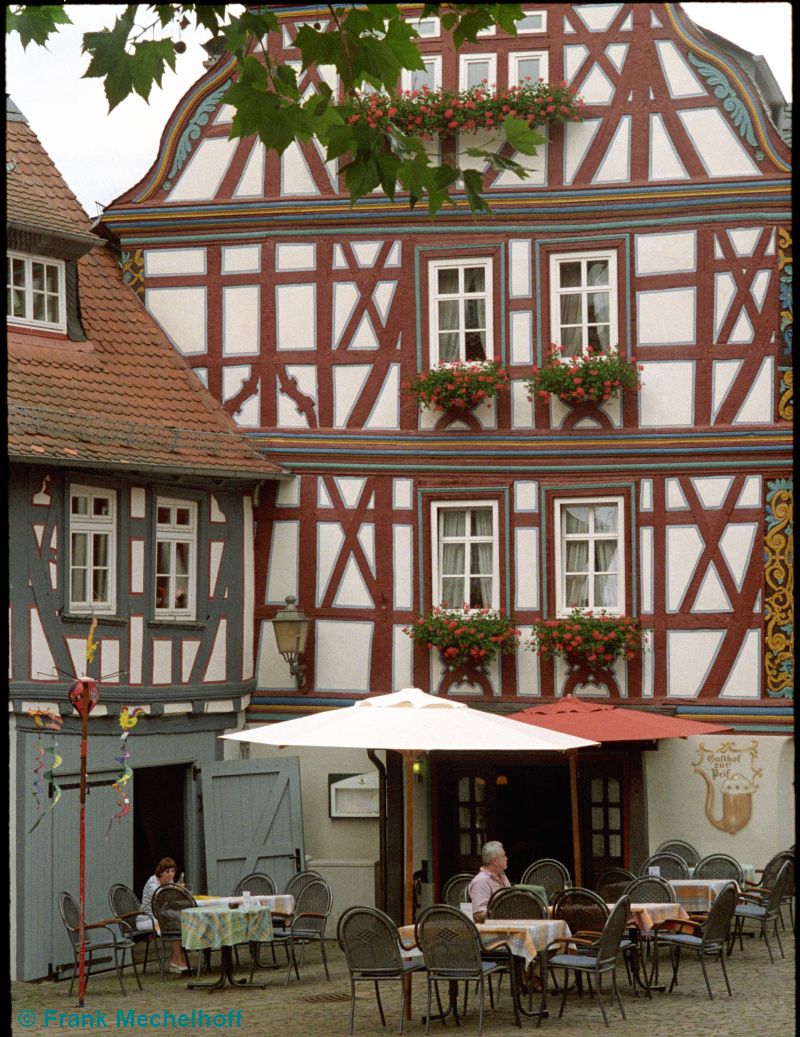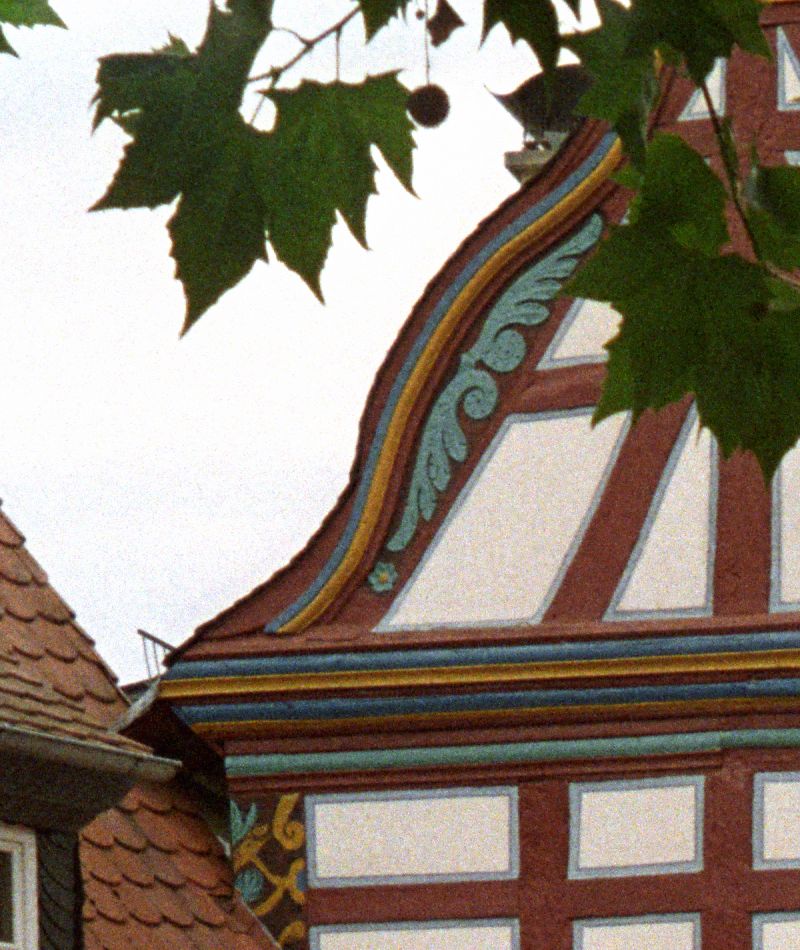Evaluating
finds like this
First
thing is to avoid fakes:
Here is my older, but still valid
page
about Carl Zeiss Jena wartime lens fakes, one of the most cited pages
of my website. The faking business is anything in
between cheap and goony (i.e. faked beauty rings) and expensive
and
clever. And it lives from an old saying: Each day a dullard rises and
will
pay a lot of money while hunting for "bargains"...
So I had
to check at first for Russian or other cheap lenses which can be
modified with manageable effort looking like the piece of interest. Buy
what you know quite well, do not buy in areas you are unfamiliar with.
Know the
important details. You may ask for advice on the web but don't give too
much on it. Books can be wrong in important aspects as well, because
they are written by humans. Worse, most are written by collectors, some
by engineers. Authors who have own (sometimes monetary) interests and
are, or have been involved in stuff they write about. More often than
not, they are not objective.
Most fakers however are inspired by what they find in collectors books
because most lack creative phantasy. They may know more about S/N
ranges than collectors.
Compare the pictures carefully. Trustable dealers don't hide
anything, are friendly to questions, show detailed pictures and don' t
bore you telling that they sell
something "super-rare" when it can be found for small money at the next
corner. The dealer in my case was focussed to Leica. Obviously he
didn't know much about "cheapo postwar Jena GDR stuff"...
I had
taken Contax Sonnar and Carl Zeiss Jena lenses of the 1950's off the
shelves for cross-checking before buying.
It's even harder to evaluate whether a lens is "genuine factory made" or "contemporary modified" (which is
quite different from "faking"). Of course, I can't assure you that it
was Carl Zeiss Jena optical factory who build the lens mounting of the
lens in question because I have no 100% proof for it. It's just a very
small, less important piece of photographic history, and as mostly in
history
we don't have 100% proofs. It could have been made by someone else with
a good mechanical and optical machine park who wasn't proud enough on
the result to sign with his name. I have made pictures with the lens,
and I would have been proud of it when I would have been that man who
made the adaption. If you prefer to believe that, it's
up to you. But I can assure you, it didn't came from Olympus because it
looks different in many small details. In fact, one reason why I
publish this
story is the vague hope some reader knows a little about it.
At
least with buyings like this, evaluate your risk. If you can effort the
price without pain, you may give it a try. Sometimes you won't know
before you have it in your hands. This was the case for me with this
lens. It wasn't mentioned in any book, but at least it was warped...
Anyway I like Sonnar lenses a lot. And not many people ever have used
one in
~ 50mm and SLR mount...
|

